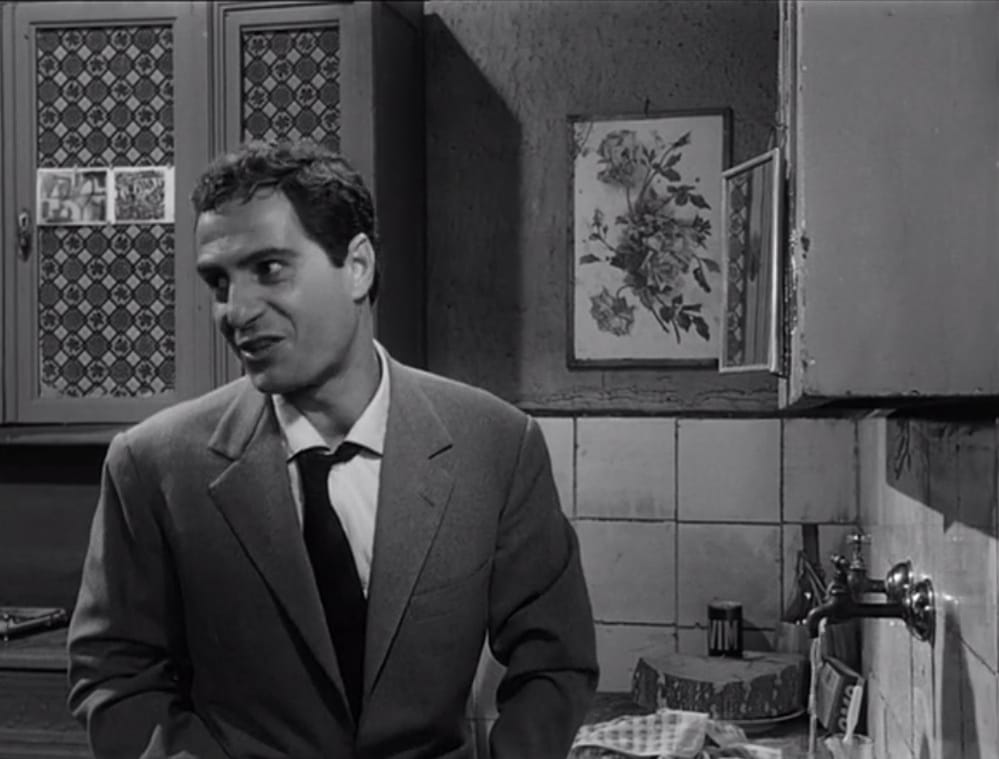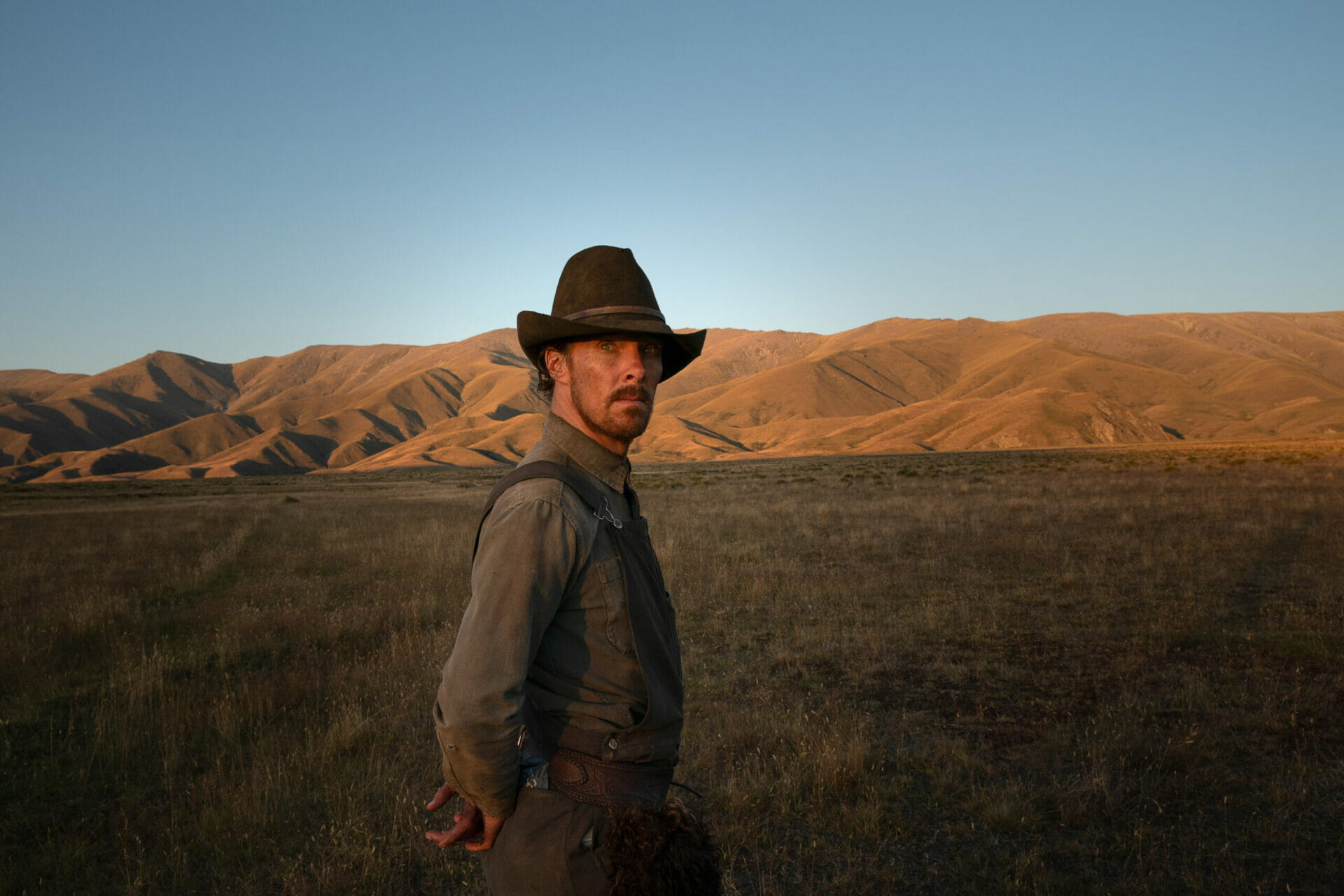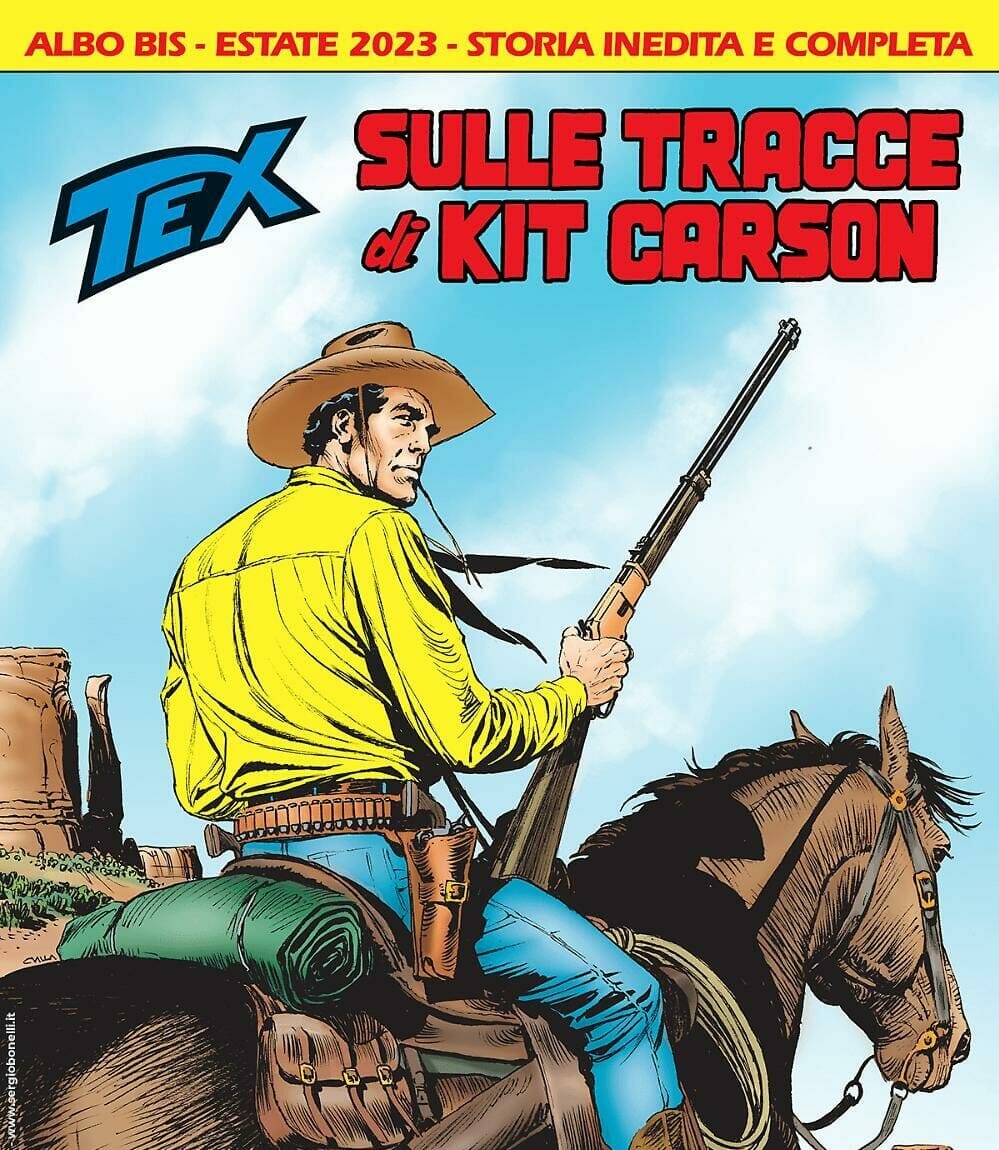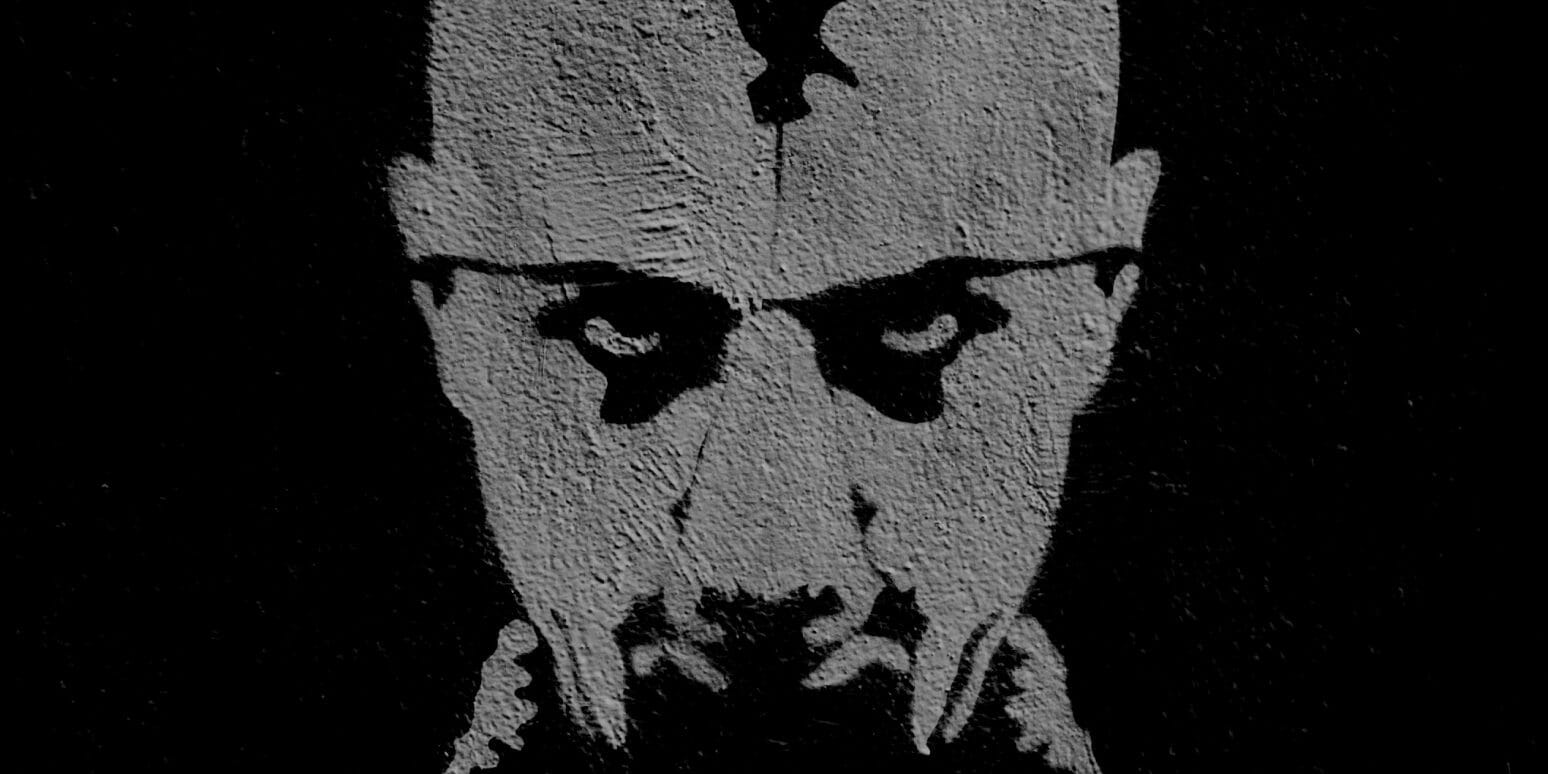
A Dangerous Toy | The Dark Ambitions of a Middle-Class Man
Year
Runtime
Director
Cinematographer
Production Designer
Music by
Country
Format
Genre
The majority of people in the United States who buy a gun do so primarily for reasons of protection, according to US surveys. However, are the primary motivations behind gun ownership simply a matter of security and self-defense? In 1979, the late Italian director Giuliano Montaldo attempted to explore the longstanding question of firearm ownership in his movie A Dangerous Toy (Il giocattolo).
Montaldo did not aim to simply chronicle a specific historical period: at that time, Italy was undergoing a period of widespread street violence, political unrest, armed conflict, and terrorism commonly known as the “Years of Lead” (Anni di piombo). Nino Manfredi‘s outstanding lead performance as Vittorio Barletta, alongside Silver Ribbon (Nastro d’Argento) winner Vittorio Mezzogiorno, has helped the director craft an intriguing psychological drama about a middle-class man and his sudden obsession with firearms.
A Dangerous Toy delves into the effects weapons have on the human personality, especially in relation to their conventional perception as emblems of strength and masculinity – a vision supported by recent research. It shows the fascination of holding the grip, as well as its devastating effects on a fragile personality.
- A gunman’s origins
- The days of fear
- American inspirations and Italian excellencies
- “You talking to me?”
A gunman’s origins
Vittorio Barletta (Nino Manfredi) is an unfulfilled accountant. His relationship with his wife Ada (Marlène Jobert) drags on in a flat and boring routine. At work, his employer, Nicola Griffo (Arnoldo Foà), exploits him as a frontman for dummy companies and as a courier for transporting large sums of money.
To make matters worse, Vittorio becomes inadvertently caught up in a supermarket robbery and sustains a gunshot wound to his leg. Following the incident, he becomes obsessed with learning how to use firearms to protect himself and his wife. The chance comes when Sauro (Vittorio Mezzogiorno), a policeman he befriended during his rehabilitation, offers to take him to the shooting range. There, Vittorio proves to have a natural talent and begins practicing regularly with the firearm, despite the concerns of Ada and Sauro, intending to become a brutal vigilante, unaware that he is entering a vortex with no escape.
A Dangerous Toy marks the one and only collaboration between Montaldo and Manfredi, two major figures in Italian cinema who were at the height of their careers when the movie premiered. Montaldo carved out a relevant place as a director of crime stories, such as Grand Slam (1967) and Machine Gun McCain (1969), and historical dramas, including Sacco & Vanzetti (1971) and The Gold Rimmed Glasses (1989), based on the novel by Giorgio Bassani. Manfredi became a popular and highly praised performer in Italian-style comedy (Commedia all’italiana). He exhibited great versatility by playing both pure comic roles, such as in Roaring Years (1962) and Café Express (1980), and more nuanced dramatic characters, including We All Loved Each Other So Much (1974) and Down and Dirty (1976).
The days of fear
Although A Dangerous Toy follows the typical structure of a thriller, it primarily serves as a statement of social denunciation. Montaldo himself drew inspiration from a 1977 crime news involving a jeweler who, fearing a simulated robbery, fatally shot the fake burglar. Similar stories were commonplace in newspapers at the time. Milan, as the filming location, experienced the aforementioned Years of Lead, with significant social violence, political tensions, terrorist attacks, and widespread discontent.
Nowadays you risk your life every minute, is it worth treating your headache?
Vittorio Barletta (Nino Manfredi)
Ennio Guarnieri‘s cinematography effectively conveys this ongoing sense of danger. He leverages his past collaborations with directors such as Vittorio De Sica and Luigi Comencini to portray a city that fully reflects its time. Milan appears in cold and desaturated tones, in stark contrast to the image of a multicultural and vibrant creative center with which it is often associated nowadays. On the desolate and dimly lit streets, viewers can discern the protagonist’s anxiety and dread of faceless enemies.
Furthermore, the music helps to intensify the story and create a darker atmosphere in the movie. The eerie soundtrack, composed by the celebrated Italian composer Ennio Morricone, who collaborated with Montaldo on multiple occasions, alternates introspective and slow tracks with basic synthesized sounds with more orchestrated and fast-paced pieces.
American inspirations and Italian excellencies
The somber atmosphere in A Dangerous Toy drew inspiration from popular Hollywood movies of the time. One can immediately see the influence of Martin Scorsese‘s Taxi Driver, released just three years before. Both movies depict a vicious social environment, abandoned by institutions in a state of anarchy and deliberately isolating outcasts and vulnerable individuals at the margins of society. Todd Phillips revitalized and modernized similar themes in the 2019 movie Joker, depicting a sociopath’s intense revenge against those he holds accountable for his circumstances.
On the other hand, Montaldo analyzed the stylistic elements of spaghetti Western classics to shape many of the technical aspects of his work. Indeed, he had access to the expertise of two masters of the genre: Sergio Leone, here as executive producer, who directed the acclaimed Dollars Trilogy, and Sergio Donati, the screenwriter who collaborated with Leone on his Trilogia del tempo. Their keen eye was essential in focusing the visual and narrative core of the entire action on the gun, which, as in the hands of the vigilantes played by Clint Eastwood, had to appear as a fascinating and powerful object with ominous implications. Essentially, “a dangerous toy”.
“You talking to me?”
The gun merely acts as a catalyst for the transformation, or more accurately, the deterioration, of the protagonist. Manfredi’s performance as Vittorio truly anchors the movie, as he seamlessly blends both drama and humor overtones: an ability that neatly defines his acting style. He portrays – as he previously did in The Employee (1960) – an average and frequently mediocre man, reminiscent of the character of Tertulliano in José Saramago‘s The Double. This character is a prisoner of a dull white-collar routine, who takes out his unhappiness on his wife by maliciously lashing out at her.

When Vittorio discovers his skill with a firearm, he finds a way to transform himself and his existence. Holding the gun, he can imagine himself as one of the daring gunslingers from the movies he loves to watch repeatedly. By mimicking the behavior and mannerisms of these vigilantes, he feels he can earn a respectable position in society and feel closer to his friend Sauro, who lives a thrilling life in law enforcement. As Vittorio becomes more well-known at the shooting range, he suddenly emerges from anonymity. This attracts the attention of the media and his boss’s daughter. What emerges is that the perception of models of masculinity tends to rely on precise codes and behaviors that – as the TV show You effectively illustrates – are still passively accepted as a romantic legacy and difficult to eradicate.
But in the end, what may seem like a toy to play with always turns out to be an instrument of death. And what lingers in the viewer’s mind after the movie is the admonition Sauro issues:
If you decide to keep it in your pocket, well, Vitto’, you… you might kill someone, sooner or later. But, hear me well, it is not when you shoot that you kill them, Vitto’: that soul, whoever they are, is already dead the moment you decide to carry a gun, understand?
Sauro (Vittorio Mezzogiorno)
Tag
Buy a ☕ for Hypercritic










